Xi Jinping has forged his version of China, having centralised power since becoming president in 2013. China, in turn, is set to shape the coming international order. One man’s vision will have an increasingly global impact – here, Director of the SOAS China Institute Steve Tsang sets out Xi’s thought and what it will mean for the world. This work is based on the book "The Political Thought of Xi Jinping", co-written with Olivia Cheung, and published by the Oxford University Press in January 2024.
Unlike his two predecessors, Hu Jintao and Jiang Zemin, Xi Jinping is not a managerial but a transformational leader. He is changing China and intends to make a huge impact on the world. He aims to make what I will refer to as Xi Jinping's Thought on Socialism with Chinese characteristics the latest and best rendition of China’s Marxist-Leninist ideology. Having made himself leader for life, Xi will use his Thought to guide Chinese policy in the coming decade or two, if not longer. Now the two are intertwined, if we are to understand China we must understand Xi.
To use the imaginary of the digital era, China’s Leninist political system can be described as the hardware while its governing ideology is the operating system (OS). Xi has kept the hardware in place, but he has altered how it works by replacing the operating system. In effect, China’s system delivered totalitarianism under Mao Zedong’s OS1.0, ruthless authoritarian pragmatism focused on growth under Deng Xiaoping’s OS2.0, and a Sino-centric globally ambitious dictatorship under Xi’s OS3.0.
___
The China Dream seeks to create domestically one united and powerful country, with one patriotic people, guided by one ideology, governed by one party and led by its supreme leader, Xi himself.
___
Xi Thought encapsulates the goals he has set for China and the Communist Party in his China Dream of national rejuvenation. He sets the end of 2049, the centenary of the People’s Republic of China, as the date when it must be fulfilled. The China Dream seeks to create domestically one united and powerful country, with one patriotic people, guided by one ideology, governed by one party and led by its supreme leader, Xi himself.
The one country rule means that China must incorporate into its fold Taiwan and other Chinese territories that are currently part of other states, with enormous implications for the world. Xi sees this in terms of a historic mission to make China whole again, an essential requirement for national rejuvenation. Securing them is now China’s ‘core interest’. If strength comes through unity, integrating Taiwan becomes imperative.
The forging of one patriotic people means that minorities, by ethnicity such as the Uighurs or by political inclination like the pro-democracy people of Hong Kong, must be re-educated so they internalise a party-centric nationalism that makes them proud Chinese and ardent supporters of the Party and its supreme leader. Xi sees this as levelling them up.
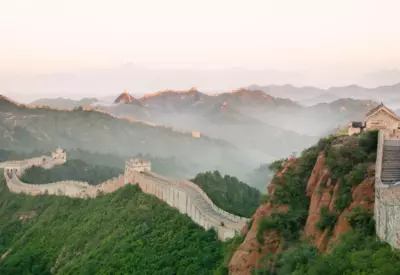 SUGGESTED READING
China's take on Plato and Aristotle
By Shadi Bartsch
SUGGESTED READING
China's take on Plato and Aristotle
By Shadi Bartsch
Installing one ideology requires making Xi Thought the state ideology that enables the 1.4 billion people of China to commit to make China great again. This is to be achieved first by requiring everyone to learn Xi Thought, from kindergarten to graduate school and through study sessions in workplaces and the daily use of a dedicated app Xuexi Qiangguo. It is reinforced by banning unpatriotic thoughts, including any narrative or evidence that contradicts the Party-approved version of history.
The one party rule means reinvigorating the Communist Party as a Leninist instrument of control, especially the concept of the Vanguard State enforcing ideology. As Xi has stated publicly, ‘whether it is in the East, West, South, North or in the middle, be it in the party, government, military, civilian or the educational realm, the Party leads everything’. Hence, elements of civil society that had emerged previously have been eliminated under Xi. Anti-corruption will be sustained as it is also used to remove any cadre whose dedication is deemed insufficient.
___
Xi’s replacement of collective leadership by his own strongman rule has given the state the capacity to act decisively and quickly, it has also removed a great strength it acquired after the Tiananmen Massacre of 1989.
___
The centrality of one leader implies that the interests of China, the Party and the supreme leader, are now seen as overlapping in concentric circles, with Xi at the core. Whatever Xi says is China’s national interest is now so.
What Xi has done is to make China more centrally controlled by himself via the Communist Party than ever. It enables the party-state to make or reverse far-reaching policies more efficiently and effectively. A glaring example was the strict enforcement of the Zero-Covid policy and the sudden reverse of it when Xi saw the emergence of ‘blank paper protests’ as posing a challenge to his and the Party’s authority in late 2022.
If Xi’s replacement of collective leadership by his own strongman rule has given the state the capacity to act decisively and quickly, it has also removed a great strength it acquired after the Tiananmen Massacre of 1989. This was the practice of allowing and encouraging robust discussion in top secret meetings at the upper echelons of the Communist Party, which helped the Party to avoid any major policy mistake that could potentially destabilise its hold on power for over a quarter of a century.
___
Xi’s monopoly of power led to the sudden reversal of the Zero-Covid policy with no preparation, causing hundreds of thousands if not a million or more deaths in a short space of time.
___
But the short-term enhancement of the Party as an instrument of control has also weakened its long-term resilience, as more and more policy mistakes are made, be it over the property market, local government debts, trade relations with the outside world, or the unleashing of wolf-warrior diplomacy – the practice of aggressively dismissing any criticism of Chinese policy as groundless and unjustified regardless of facts. Since the People’s Republic was founded in 1949, collective leadership has delivered stability and better policy making though it also allowed scope for corruption and malpractices. But one-man rule, as it happened in the last decade of the Mao era, brought disasters like the Cultural Revolution. Likewise, Xi’s monopoly of power led to the sudden reversal of the Zero-Covid policy with no preparation, causing hundreds of thousands if not a million or more deaths in a short space of time. They are lessons in history no one is allowed to articulate in China today.
Beyond China, the China Dream is meant to secure ‘the common destiny of the humankind’. This term is deliberately mistranslated by the Chinese state and media into the anodyne ‘a community of shared future’, a usage adopted uncritically by the Western media and commentariat. The original Chinese term does not include the word ‘community’ which implies its members are equal and have agency of their own. It also clearly refers to ‘destiny’, not a future that is shared voluntarily.
Xi’s ‘common destiny of the humankind’ dovetails with the traditional Chinese concept of the world called tianxia, meaning all under heaven. To Xi, the tianxia paradigm applied when China was united and powerful in history. In this conceptualisation, tianxia prevailed when China led the world in wealth, power, advanced technologies and civilisation. As such China was not only magnificent but also benevolent, so much so that other states would choose to respect, admire and follow the leadership of China. Pax Sinica thus prevailed. To Xi, this is a better international order than the post-war liberal international variant – a façade for US hegemony for the benefit of the US and the rich capitalist Western countries.
To forge the common destiny of humankind, Xi has devised three global initiatives which were released in yearly intervals. They may come across as rhetorical mumbo-jumbo to Western leaders but they are designed to appeal to the Global South.
The first, the Global Development Initiative (2021), advocates that all countries deserve development. It was released when the West prioritised themselves over poor countries in coping with the Covid Pandemic. The Global Security Initiative (2022) was announced when the West focused on European traditional and energy security shortly after Russia invaded Ukraine, when the Global South suffered acutely from food and energy insecurity. The Global Civilisation Initiative (2023) ‘pushes for and contributes to world peace and development’ with Xi stressing that ‘forging the common destiny of humankind is where the future of people of all countries lies’.
Reinforced by the BRI or Belt and Road Initiative of development assistance, they have stronger appeal in the Global South than it is generally recognised in the democratic West. The reality is that most countries in the Global South are autocracies desperately short of critical infrastructure. They often fail to meet financial and/or governance requirements for development aid from the World Bank, IMF or Western democracies as these loans come with human rights or democratic requirements. But they get loans from China without conditionalities. China’s approach effectively means it has a policy of making autocrats feel safe while building critical infrastructures for them. All that China asks in return is their support for China’s ambitions at the UN and other international organisations, as well as the lion’s share in the development projects funded by China.
___
Once this process has been completed, the international order will still be a rule-based one though the rules will be set primarily by China and its partners.
___
The support China thus secures from the Global South is critical to Xi’s ambition to forge a common destiny of humankind. Xi is not seeking to seize global leadership from the US in the liberal international order. What Xi tries to do is to use the support from the numerically larger, in both population and country terms, Global South to transform the UN system and other international organizations. This is meant to make the West-centric liberal international order into one that is Sino-centric or tianxia based. Xi calls this the democratisation of the international order. Once this process has been completed, the international order will still be a rule-based one though the rules will be set primarily by China and its partners.
Xi’s China Dream may impact upon the people of China first and foremost, but if it should come to pass, it will change the world. With the conjoining of Xi and the state, those who seek to understand China’s trajectory must understand the philosophy that motivates Xi’s politics. By appreciating his appeal to all encompassing unity, consultative Leninism, and tianxia, those who criticise China’s human rights record and development agenda need to situate these policies within a Xi Thought framework. For those seeking to change Xi’s policies, they may do well to learn from the ancient Chinese general Sun Tzu, “Know thy enemy and know yourself; in a hundred battles, you will never be defeated.







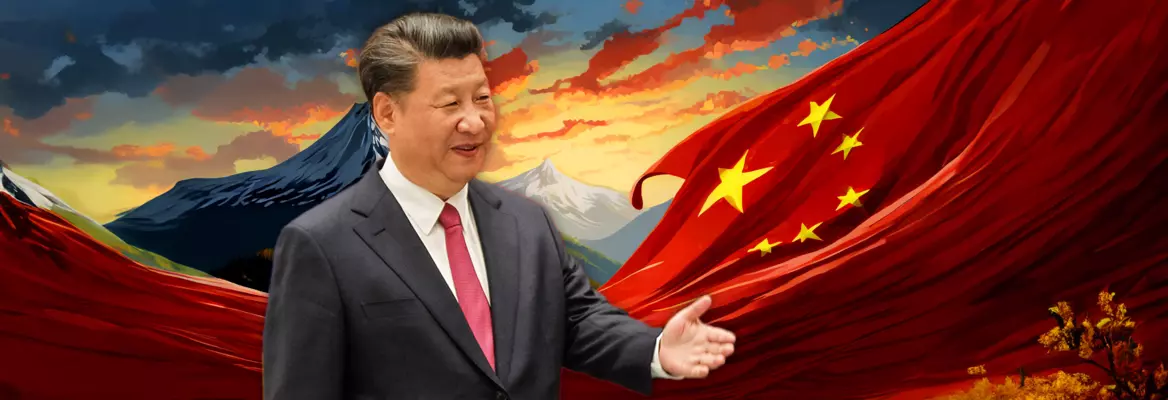




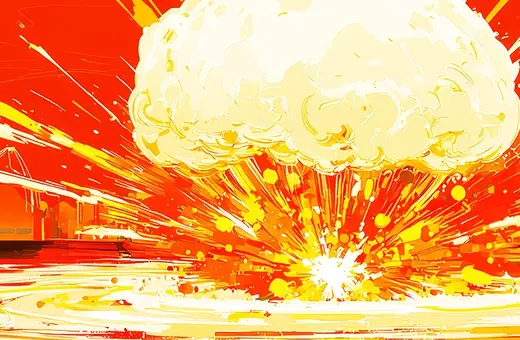



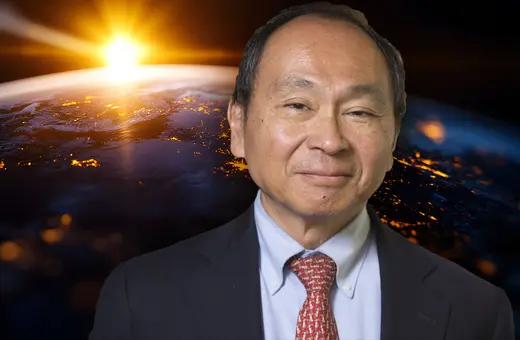



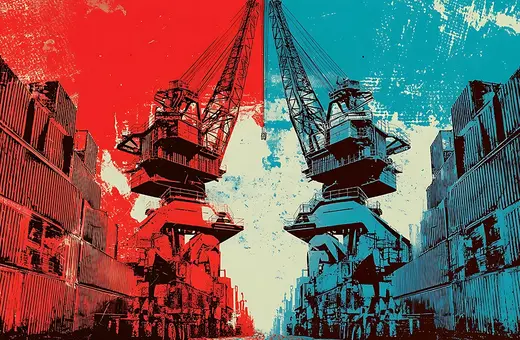

Join the conversation